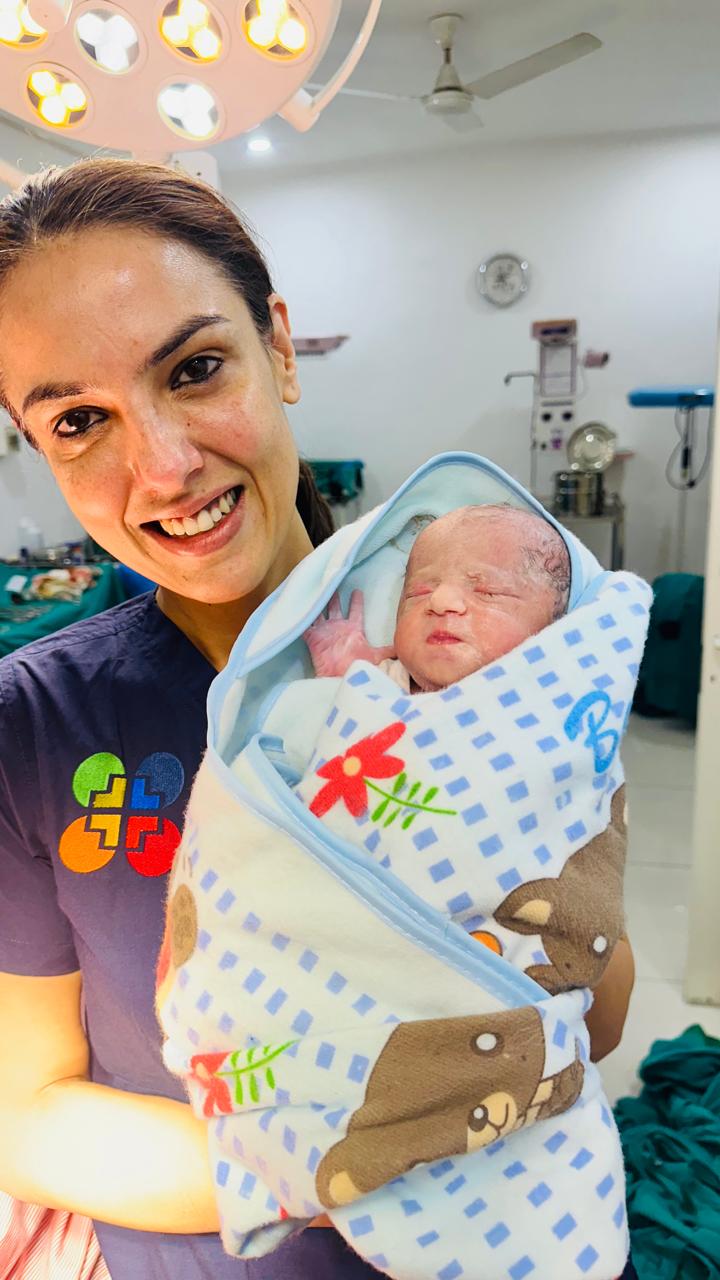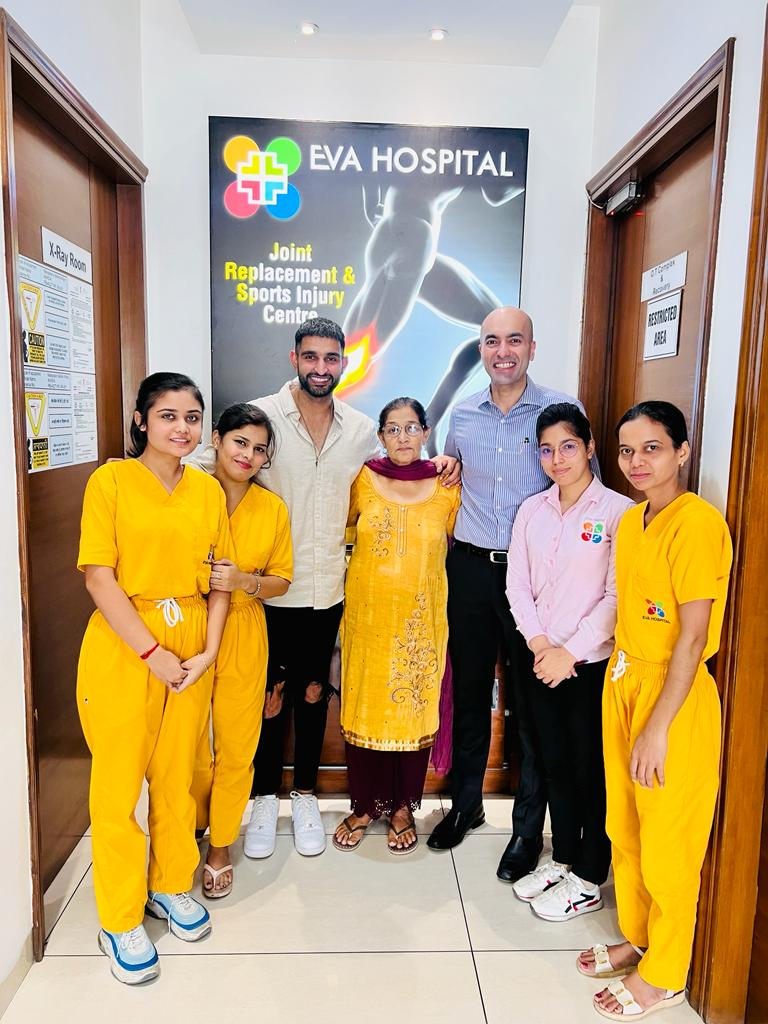An athletic injury can be annoying and agonizing at the same time. Whether one is an active athlete or an occasional one, the treatment protocol and prevention of common sports injuries remain the same.
Causes of Sports Injuries
Most sports injuries are usually caused by inadequate training methods, structural abnormalities, weakness in muscles, tendons, and ligaments, and unsafe exercising environments. Poor training or knowledge is the most common cause of a sports injury.
Overuse
Continuous wear and tear of muscles, tendons, & joints can cause fatigue, and overtraining the muscles can lead to strains and cramps.
Lack of adequate rest and insufficient time for muscles to recover and heal themselves can cause this strain. A recovery period of 48 hours is required after a workout for the muscles to heal.
A quick increase in exercise intensity and not taking breaks when experiencing pain while exercising can also cause injury.
Cross-training and alternative activities with different styles, speeds, intensities, and time frames of exercise is an important aspect that both coaches and players should be aware of.
A breakthrough of the plateau in the training regimen can be achieved by taking a break. Moreover, these breaks help to avoid overuse injury of the same worn-down muscles and tendons by confusing the “muscle memory” pattern of the athletes, preparing and allowing them to face and thrive in new challenges.
Wrong Surfaces and Shoes
Some overuse injuries are a result of repeated, microscopic injuries to a particular part of the body. Like many long-distance runners, you may experience overuse injuries even after years of regular running.
The hard and uneven surface of the roads combined with repetitive movements can cause these injuries. Both uphill and downhill elements can cause additional stress on tendons and muscles in the lower leg.
Wrong shoes or sneakers can be one of the major causes of such injuries. The footwear should not allow side-to-side movement of the heel and should cushion the foot adequately.
Improper Rehabilitation
Any acute or chronic injury needs to be dealt with carefully. It is not advisable to go back to pre-injury performance levels immediately.
When an athlete is medically cleared to play after an injury, the intensity of the workout on the first session should be 10% of what they normally do, and a progressive regimen to work their way back up should be planned in proper consultation with their coach or instructor.
The rehabilitation phase after sustaining a sports injury is an important period when the athlete has to overcome not only the challenge of complete healing of the damaged structure and tissue but also of reconditioning of the musculotendinous complex.
The modalities of therapy should include adequate stretching, range of motion, electrical stimulation, shockwave therapy, etc. The strengthening of sport-specific muscles through exercises is important even after the initial rehabilitation to fully strengthen the muscles.
Imbalanced Training Sessions
Focusing too much on a particular muscle group and neglecting the other related muscle groups can lead to a deformity eventually.
Like if one keeps working for the pectoralis muscle group and neglects the back and muscles of posture, a hunched overback deformity will develop in the long run.
So it is important to have an exercise regime that focuses on other muscle groups besides the one worked on for the purpose of the particular sport on plays.
Neglecting an Injury
Ignoring a common sports injury sustained while practicing during a high-impact activity can be dangerous as it can lead to further damage.
The adage “Time is a big healer” does not usually work when it comes to a sports injury doctor near me, Dr. Tanveer Bhutani at EVA Hospital. He further adds that an early assessment of the grade of the injury can help your orthopaedic doctor come up with an effective plan combining relative rest and a safe change of exercise activities while one recovers from the injury.
Bone Structural Problems
The bone structure differs from person to person, and almost everyone has one or two weak points where the bone and muscle arrangement is more prone to injury.
The common predisposition in the people prone to injuries to the ankles, legs, knees, and hips includes:
- Uneven leg length or flat feet.
- Presence of over-high arches (Cavus foot)
- Bow-shaped legs
- Knock knee arrangement
Awkward running increases with uneven leg length, making one more susceptible to injury. However, many people with equal-length legs also suffer the same injuries by running on tilted running tracks or uneven roads. The leg that strikes the higher surface will suffer more strain on its hip.
The inward rolling of the foot after the heel strikes the ground before the weight shifts forward to the ball of the foot is called pronation.
The inward rolling spreads the shock of impact with the ground. But if it rolls too easily, it can place uneven stress on muscles & ligaments higher up in the leg.
Whereas the ankle and foot that are overly flexible can cause excessive pronation, an overly rigid ankle can produce effects of cavus foot.
The arch of the foot may be normal in itself, but it has a very high appearance because the foot doesn’t flatten inwards on the weight having been placed on it. Being poor shock absorbers, such feet increase the risk of fractures higher in the legs.
Bowlegs or knock knees make the ankles more prone to a sprain as they tend to add extra stress through the knees and ankles over time.
There are a few other structural conditions that make sports injuries more common. These include:
- lumbar lordosis: a forward curve in the lower spine
- patella Alta: a higher than usual kneecap
- high Q angle: kneecap that is displaced to one side, as with knock knees
Other Causes of Sports Injuries
Having a combination of muscles, some of which are very strong and others that are weak, can also lead to injury. If one’s quadriceps or front thigh muscles are very strong, they may be prone to stretching or torn hamstrings, i.e., rear thigh muscles. One of the causes of knee pain for many runners can be tight iliotibial bands.
Read More: 8 Most Common Sports Injuries
Consult a Doctor for Sports Injuries
Participation in sports or exercise can make one prone to muscle and tendon injuries and bone fractures. However, the health benefits far outweigh the risk of these injuries. Awareness about the causes can help to avoid these injuries.
Dr. Tanveer Bhutani explains that all strenuous exercises cause microscopic damage to particular muscle fibers, but the exercise helps to heal them stronger than before.
However, one must give them 48 hours to heal before working them again and should not vigorously exercise the same muscle on two successive days, as it will lead to damaging it faster than it is given a chance to heal.
One should either work on different muscle groups on alternate days or do “strength-training” exercises one day and cardiovascular exercises the next.
One must not try to use the injured part until it is well healed. And one should restart light exercises to get it back in shape.
A doctor or a physiotherapist can recommend specific exercises to strengthen particular muscles and tendons. Being aware of the causes and following the recommendations of an orthopaedic doctor can help you to enjoy regular and injury-free sports and exercise


















